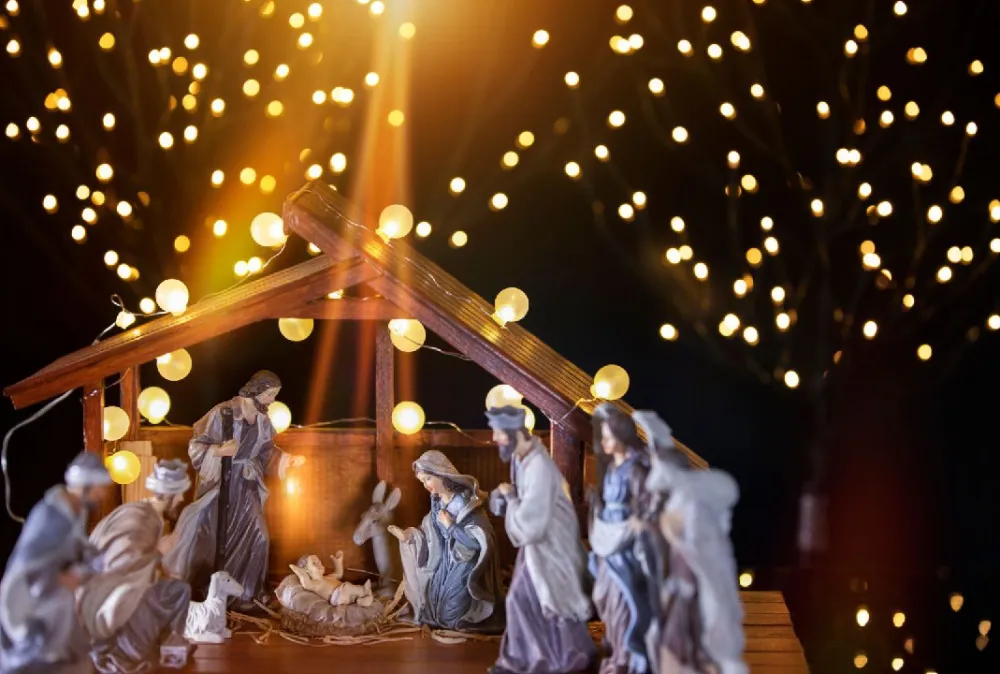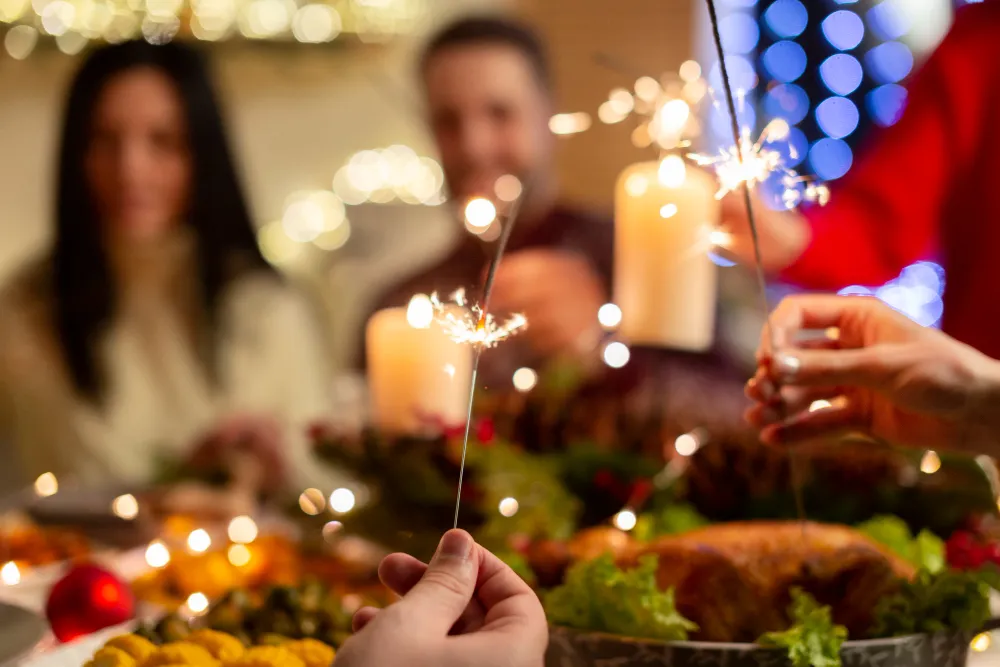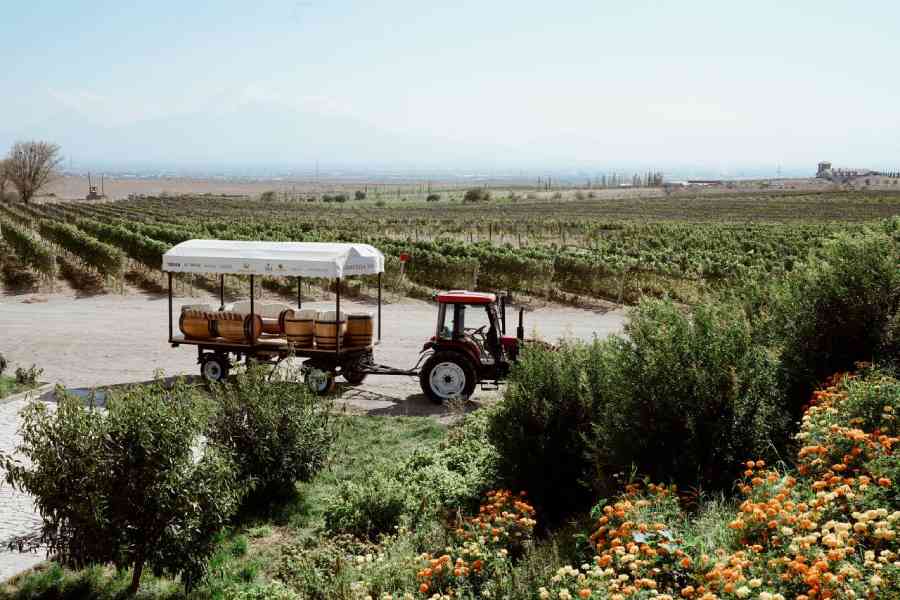In Armenia, Christmas is a familial celebration that brings together loved ones around a lavishly set festive table.
The Armenian Apostolic Church observes Christmas on January 6th, a date that diverges from the December 25th celebration common in many Christian denominations. The historical reason for this variance traces back to the early centuries when all Christian churches commemorated Christ’s birth on January 6th. The shift to December 25th occurred in the 4th century, aiming to distance the Christian observance from a pagan festival held on the same day.
On Christmas Evening Armenians participate in a tradition where they take lit candles from churches and bring them into their homes. Additionally, Christmas Day holds significance as Water Blessing Day among Armenians. Following the morning liturgy, the church’s priest blesses water, and individuals bring home some of this holy water. There is a belief that water blessed in the church possesses health benefits, leading people to either consume it or use it for facial cleansing.

Leading up to Armenian Christmas, some Armenians engage in a week-long fast, followed by celebrations reminiscent of those observed globally on December 25. These festivities involve family gatherings, the preparation of traditional Armenian dishes, participation in games, and the exchange of gifts.
Why is Armenian Christmas on January?
The focal point of the Armenian holiday season lies in the celebration of Christmas on January 6, making it customary to greet with “Happy New Year and Merry Christmas” in Armenian.
As mentioned above, In Jerusalem, where the Old Calendar is followed, Armenian Christmas is observed on January 19, as the old-calendar year deviates by 13 days from the astronomical solar year. The Old (Julian) Calendar’s ongoing deviation is also why some Orthodox Christians mark Christmas on January 7 (and in the 20th century, on the 6th), aligning with December 25 on their calendar. Notably, the Armenian liturgical calendar uniquely designates January 6 as the true celebration of Christmas.

What do Armenians eat on Armenian Christmas?
Concerning the Armenian Christmas feast, Christmas dinner across households include rice with dried fruits and raisins, various green dishes, and fish. Red wine is an essential component of the Christmas table. The selection of these dishes is deliberate, with each detail carrying its own significance.
Each of these dishes carries a specific significance. Rice represents people on Earth, while raisins and dried apricots symbolize prayers. The fish has served as a longstanding symbol of Christians, setting them apart from adherents of other faiths. Red wine symbolizes the blood of Jesus Christ. Finally, the circular traditional Gata bread is partitioned into 12 segments, representing the 12 months of the year.
What do Armenians say on Christmas?
In Armenian, the expression “Merry Christmas and Happy New Year” is articulated as “Շնորհավոր Նոր Տարի և Սուրբ Ծնունդ” (Shnorhavor nor tari ev Surb tsnund), translating to Blessed New Year and Holy Birth. Another equivalent phrase is “Shnorhavor Amanor ev Surb Tsnund” (Շնորհավոր Ամանոր և Սուրբ Ծնունդ), conveying ‘Congratulations for the New Year and the Holy Birth.’



